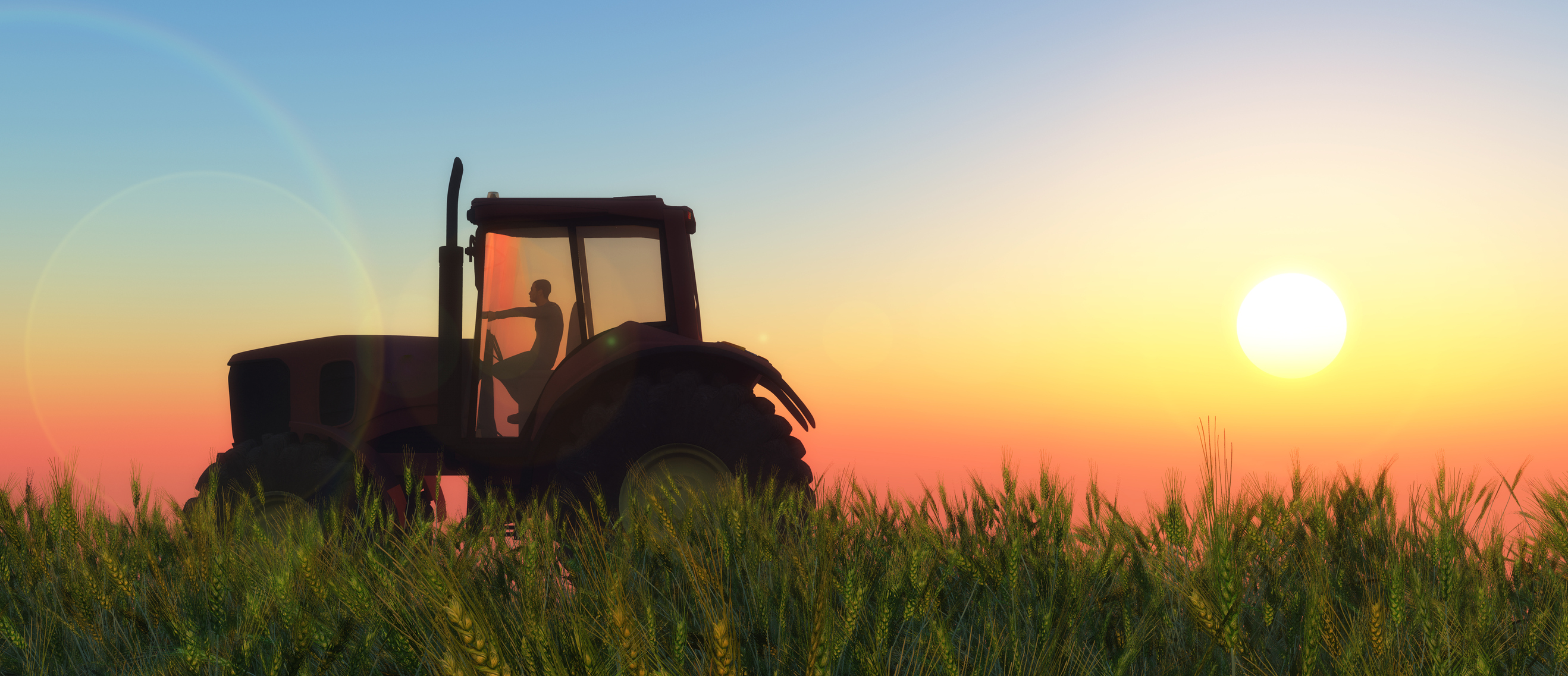Let's Talk About Food Waste
December 15, 2017

From farm to table, millions of dollars in food is wasted every year in the United States. What can consumers do to limit the amounts of food, and cash, that go into the trash? Explore resources on food waste and creative ways to use up what’s in your fridge and your pantry.
Conversation Questions
1. How much food does your family throw away in a week?
2. What can you do to reduce the amount of wasted food in
your household?
3. What might be some benefits of reducing food waste?
4. Why do you think Americans waste so much food?
Key Definitions
(from the Institute of Food Technologists)
Use-By – This label is aimed at consumers as a directive of
the date by which the product should be eaten; mostly
because of quality, not because the item will necessarily
make you sick if eaten after the “use-by” date.
Sell-By – This label is aimed at retailers, and it informs them
of the date by which the product should be sold or
removed from the shelf. This date does not mean that the
product is unsafe to consume after the date.
Best By – This is a suggestion to the consumer on the date
by which the product should be consumed to ensure ideal
quality.
Watch
The Extraordinary Life and Times of Strawberry from
Ad Council
A container of strawberries stars in this short film that shows
what can happen to the fruit in our fridge in spite of our best
intentions when shopping.
Ugly Food Rescue from the Chicago Tribune
In this series of videos, Chicago chefs buy unwanted fruits and
veggies and use them to prepare tasty meals.
Read
Waste: Uncovering the Global Food Scandal by Tristram Stuart
Adult nonfiction 363.8 S
Author and food waste activist Stuart explains how waste has
contributed to a global food crisis and how retailers and
consumers are complicit.
Why Americans Lead the World in Food Waste by
Adam Chandler from The Atlantic
Food is cheap in the United States compared to other
countries around the world, due in part to subsidies paid to
farmers to grow crops such as corn, wheat, and soybeans.
Our desire for unblemished, cosmetically pleasing produce
also contributes to the amount of wasted food in landfills.
The Water Footprint of Food from Grace Communications
Foundation
Two-thirds of our water footprint comes from food production.
This adds further to overall waste and the drain on resources.
Reducing Wasted Food at Home from the Environmental Protection Agency
The whole family can use these tips for meal planning, shopping, storing, and prepping food to make it last.
Listen
Food Dating Confusion from Food Waste
American Wasteland author Jonathan Bloom talks about food dating systems, why they are so confusing for consumers, and how that confusion contributes to food waste.
